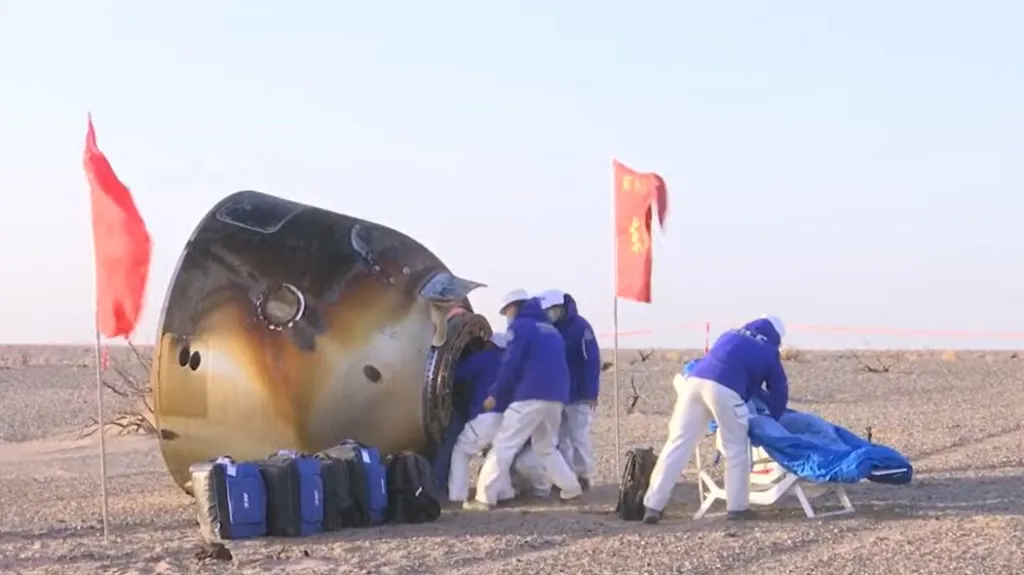The British military has successfully tested a powerful laser system, known as **DragonFire**, designed to combat fast-moving drones. Conducted at a facility in Scotland, the demonstration showcased the system’s ability to shoot down drones traveling at speeds of up to **650 km/h** (approximately **404 mph**), effectively doubling the top speed of a Formula 1 car. This advancement comes amid rising global concerns about the increasing use of drones in military conflicts.
The **UK Ministry of Defense** confirmed that the DragonFire laser has demonstrated remarkable precision, achieving above-the-horizon tracking and pinpoint accuracy at distances of one kilometer. A recent contract worth **£316 million** aims to integrate this technology onto **Type 45 destroyers** by **2027**.
Cost-Effective Defense Technology
A video released by the **UK Defense Journal** highlights the laser’s capabilities, developed by European defense firm **MDBA**, and shows its deployment on Royal Navy ships. The video’s narrator emphasizes the system’s accuracy, stating, “It can hit a £1 coin a kilometer away.”
One of the significant advantages of the DragonFire system is its economical operation cost. Each laser beam costs approximately **$13** to deploy, a stark contrast to conventional missiles, which can run into the millions. This cost-effective solution addresses challenges faced by other military forces, notably the **United States Navy**, which has spent nearly **$1 billion** on missiles to counter inexpensive drone attacks from **Houthi rebels** in Yemen.
The British laser’s effectiveness has prompted the ministry to award MDBA a further contract of **$413.7 million** for the production and delivery of the DragonFire laser specifically for Royal Navy vessels.
Advancements in Laser Technology
Historically, combat lasers designed to intercept aerial threats faced issues of reliability and complexity. However, recent engineering advancements have led to more robust and powerful systems, making them suitable for battlefield deployment. As the conflict in **Ukraine** has illustrated, the military application of drones has evolved, complicating defense strategies. Drones, being relatively inexpensive and easy to procure, can serve multiple combat roles, from delivering explosives to targeting individuals.
In response to this threat, soldiers have previously relied on tools such as net guns to neutralize drones. The introduction of the DragonFire laser represents a significant shift in capabilities, potentially changing the dynamics of aerial combat.
The British Armed Forces’ investment in laser technology marks a proactive approach to modern warfare and reflects a growing trend among militaries worldwide to seek innovative solutions to emerging threats. As nations continue to adapt to the evolving landscape of military technology, the DragonFire laser may play a crucial role in shaping future defense strategies.







